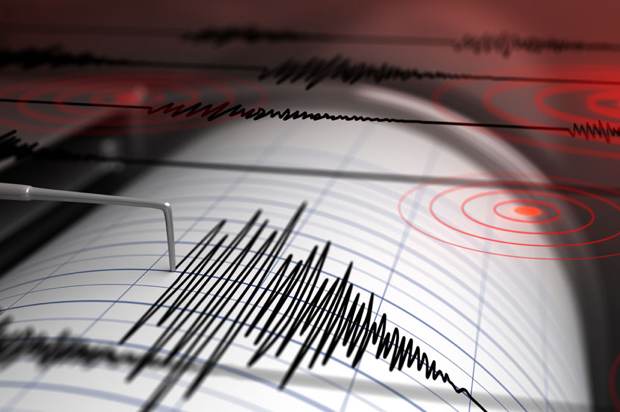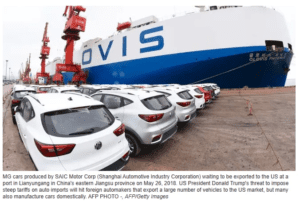Megathrust quake aftershock hazard may be underestimated: Temblor

According to new research from Ross S. Stein, Ph.D., Temblor, Inc., a catastrophe modeling company specializing in seismic hazard and risk assessment, and Shinji Toda, Ph.D., International Research Institute of Disaster Science, Tohoku University, the insurance, reinsurance and insurance-linked securities (ILS) markets may be underestimating the hazard associated with some earthquake aftershocks.
A paper published by the pair in Nature Geoscience highlights new findings related to megathrust earthquakes (magnitude ≥ 9) and their potential to deliver large aftershocks.
The study looks at the fact aftershocks, while typically less powerful than the original M9+ megathrust quake, can be more damaging to property if they occur closer to the shore.
While the Tohoku earthquake caused enormous damage and loss of life from its tsunami waves, this magntiude 9 earthquake was actually less damaging via its shaking than the March 16th 2022 aftershock that struck closer to Fukushima as a M 7.3 earlier this year, Temblor’s Ross Stein explained to Artemis.
While aftershocks to a major earthquake like this can “shut down” on the main rupture surface within several years of the mainshock, and can remain so for centuries, it is a different story outside of the main rupture area.
Aftershocks can occur across an area over 5 to 10 times larger than the rupture area, or corona, Stein explained, and these can persist for up to half a century, the research suggests.
As a result, this can raise the coastal and offshore hazard following a megathrust earthquake, with an elevated chance of large aftershocks occurring further from the original quake epicentre.
“The four M~7 earthquakes along the Tohoku coast in the past 18 months, more than a decade after the 2011 M = 9.0 Tohoku mainshock, all struck in areas of high forecast likelihood,” Stein noted.
In terms of implications for the insurance, reinsurance and ILS markets, Stein explained that historical and recent large megathrust earthquakes can still threaten losses that in some cases the risk models are not contemplating.
“Japan (2011 M 9.0), Chile (2010 M 8.8), and Cascadia (1700 M~9) are all still strongly affected by their megathrust earthquakes today. Each has carved out a ‘seismicity hole’ in the rupture zone, and in Japan and Chile, have raised the coastal hazard. Any risk model that does not take these effects into account cannot gauge the hazard,” Stein explained.
Which has clear implications for participants and investors in ILS and the catastrophe bond market, where quake exposure modelling may not always have taken these findings into account.







